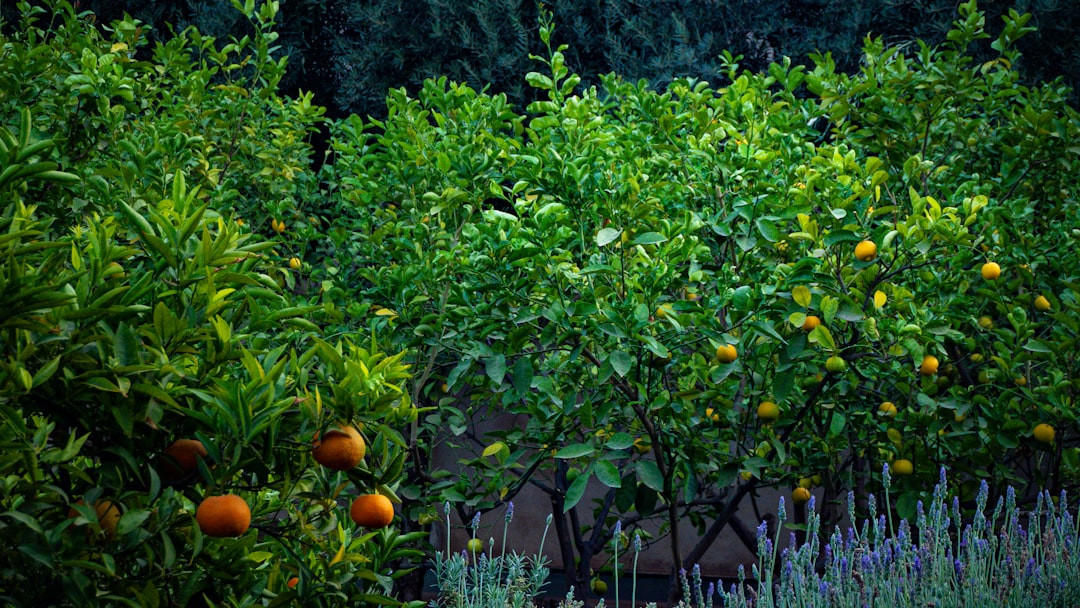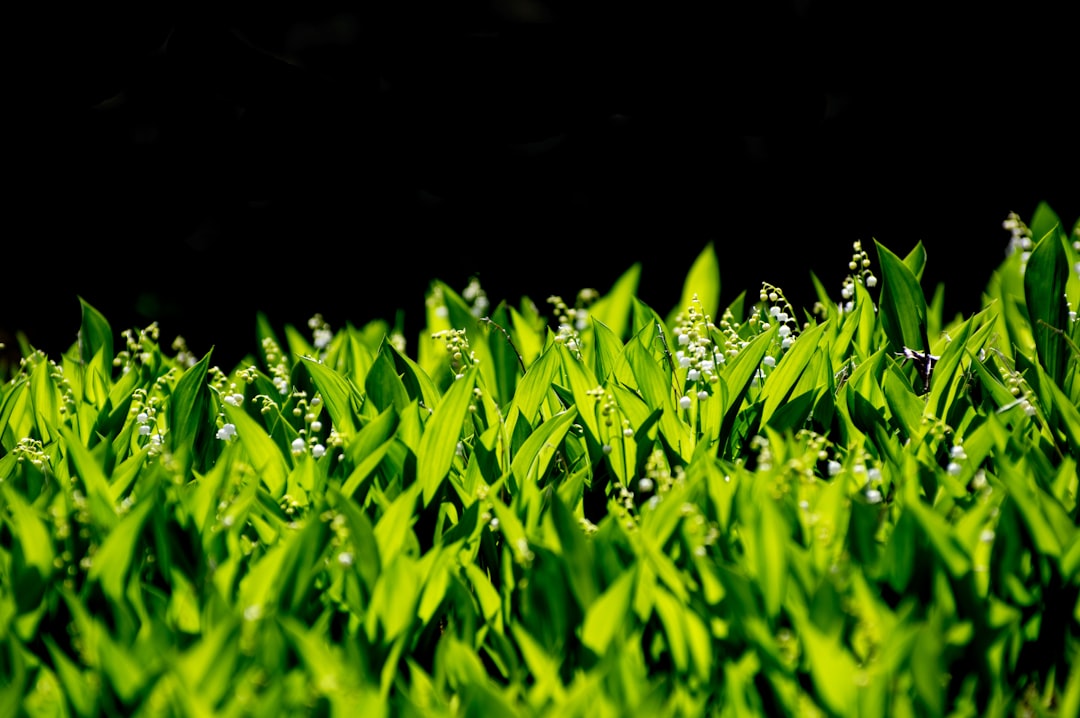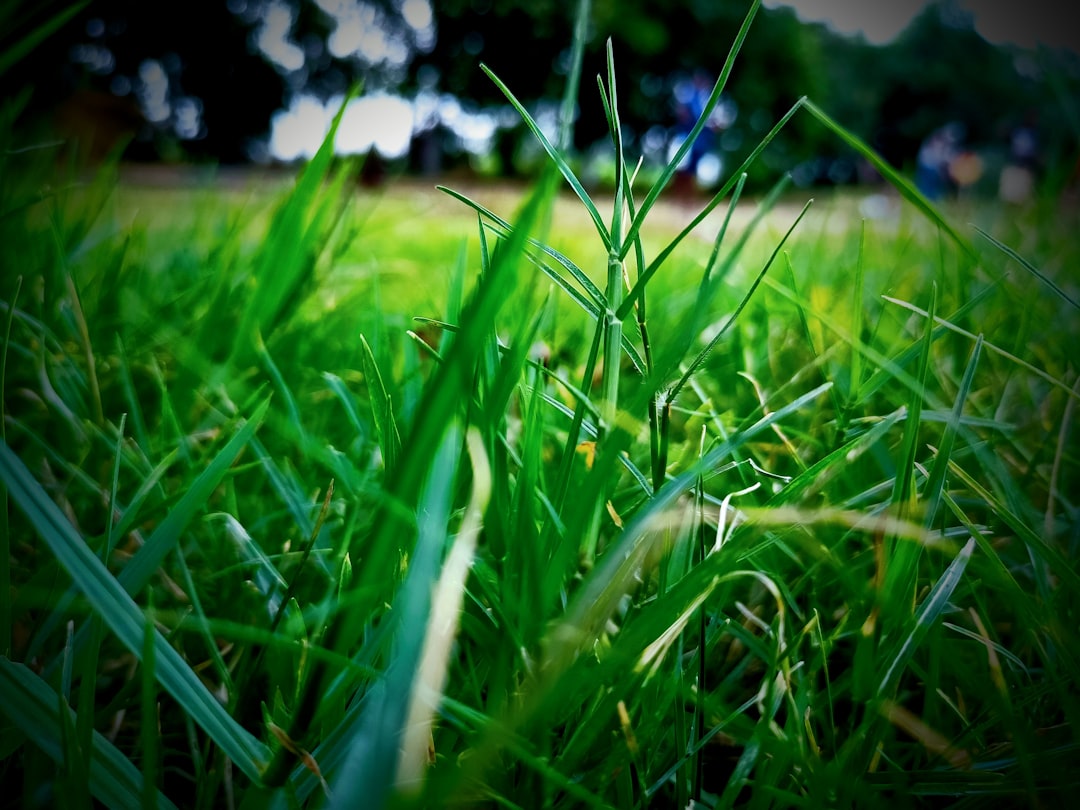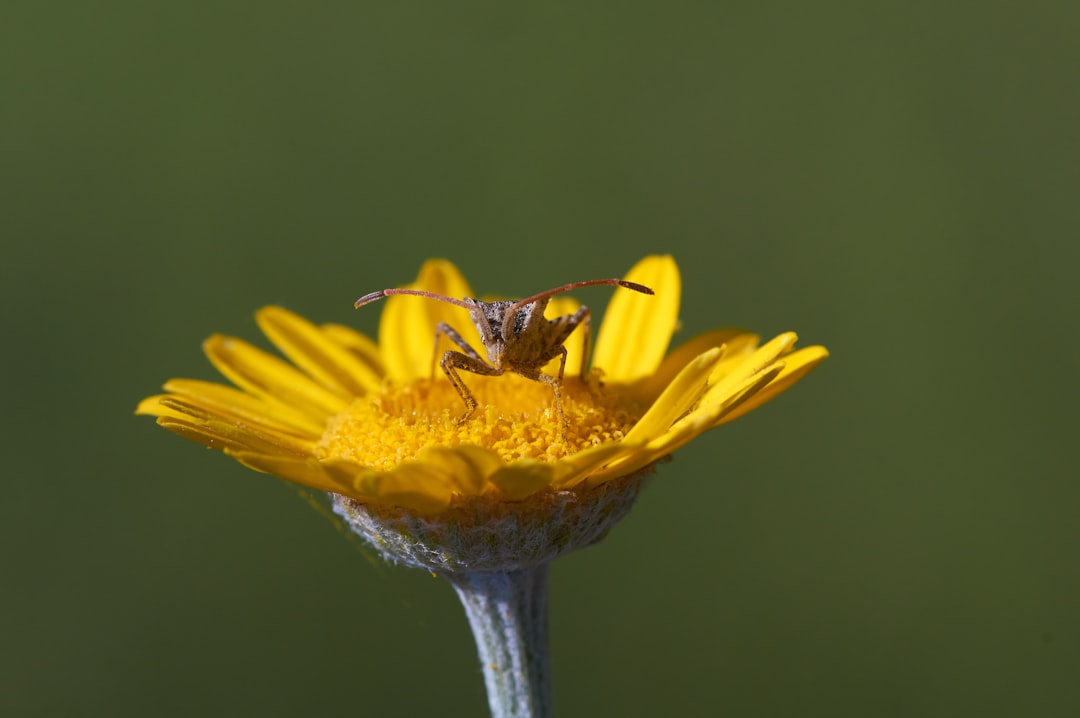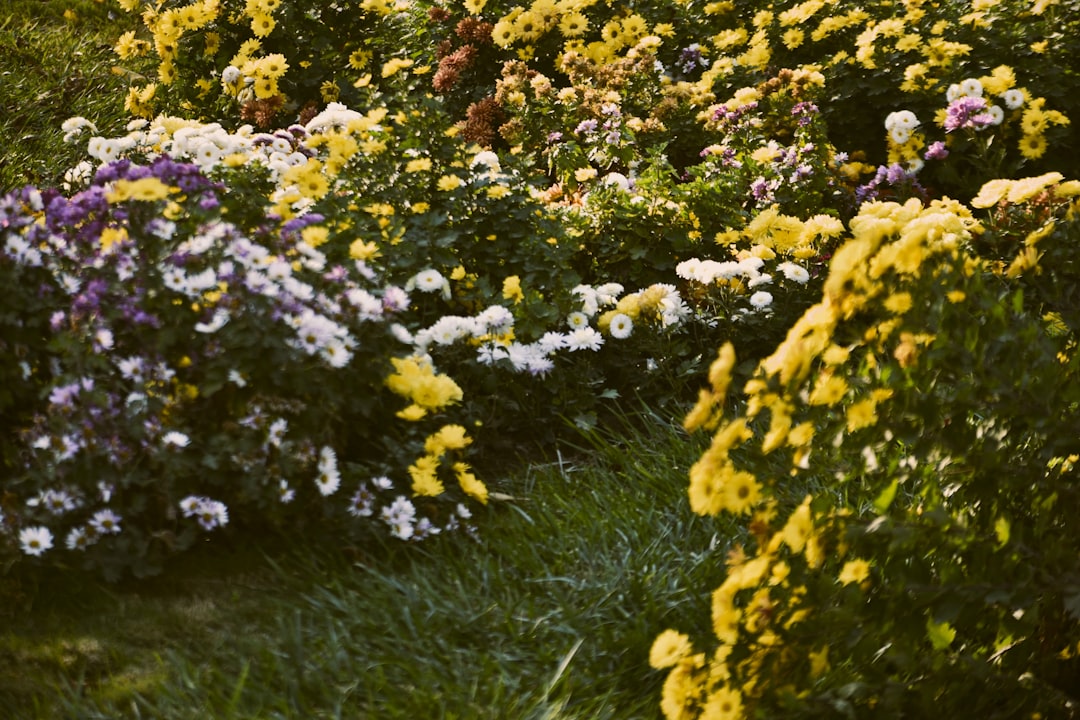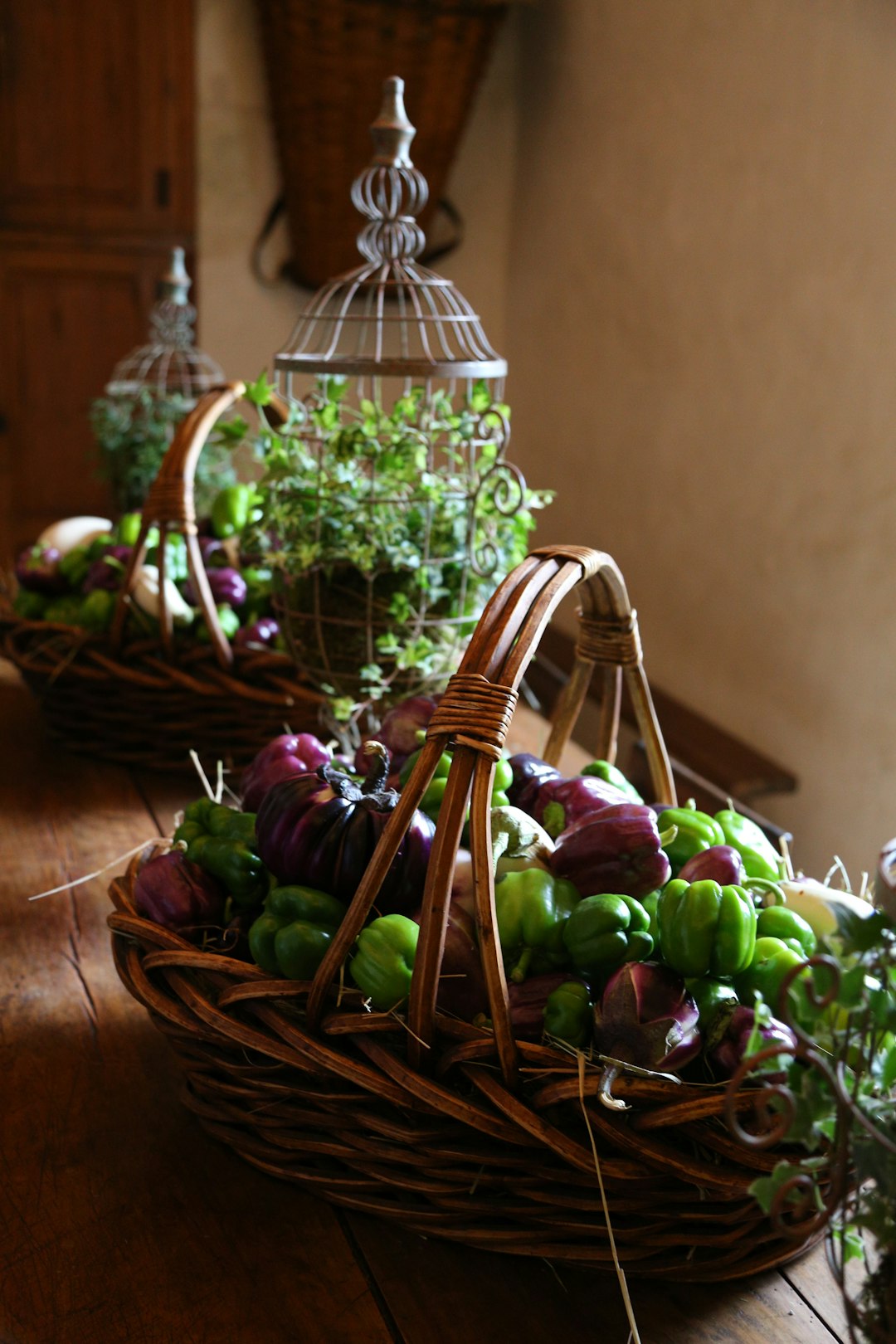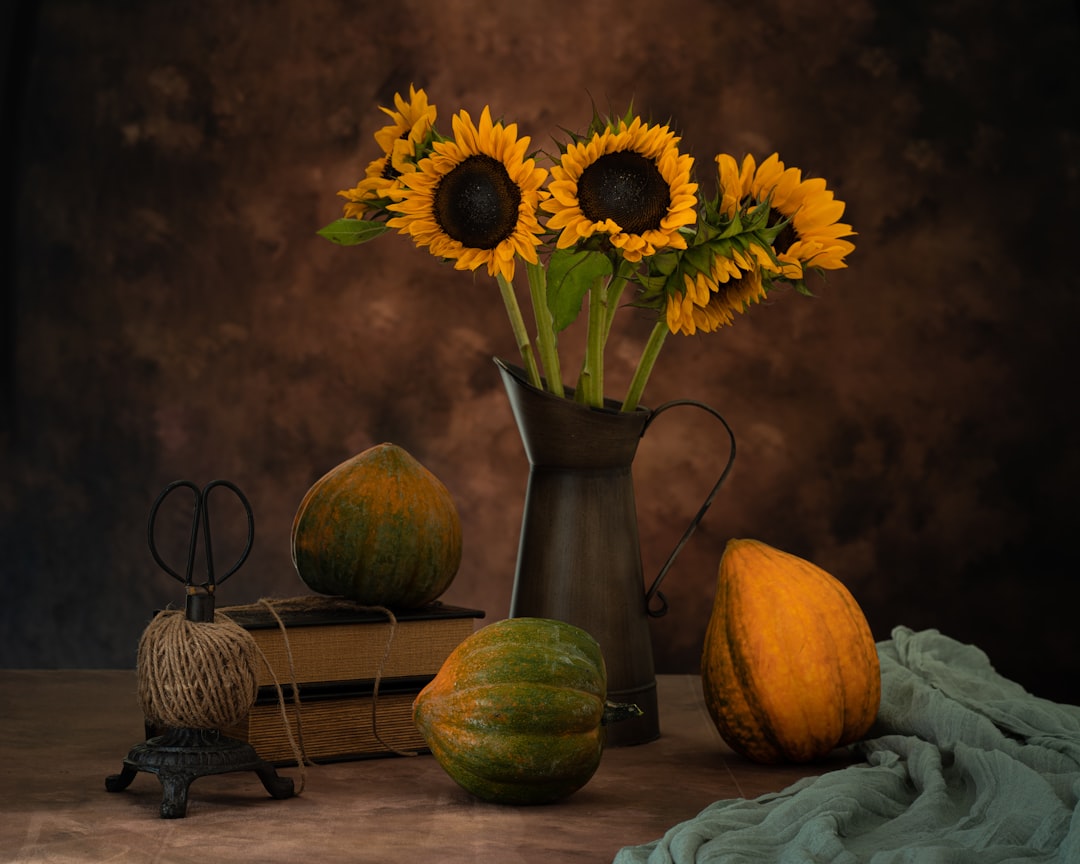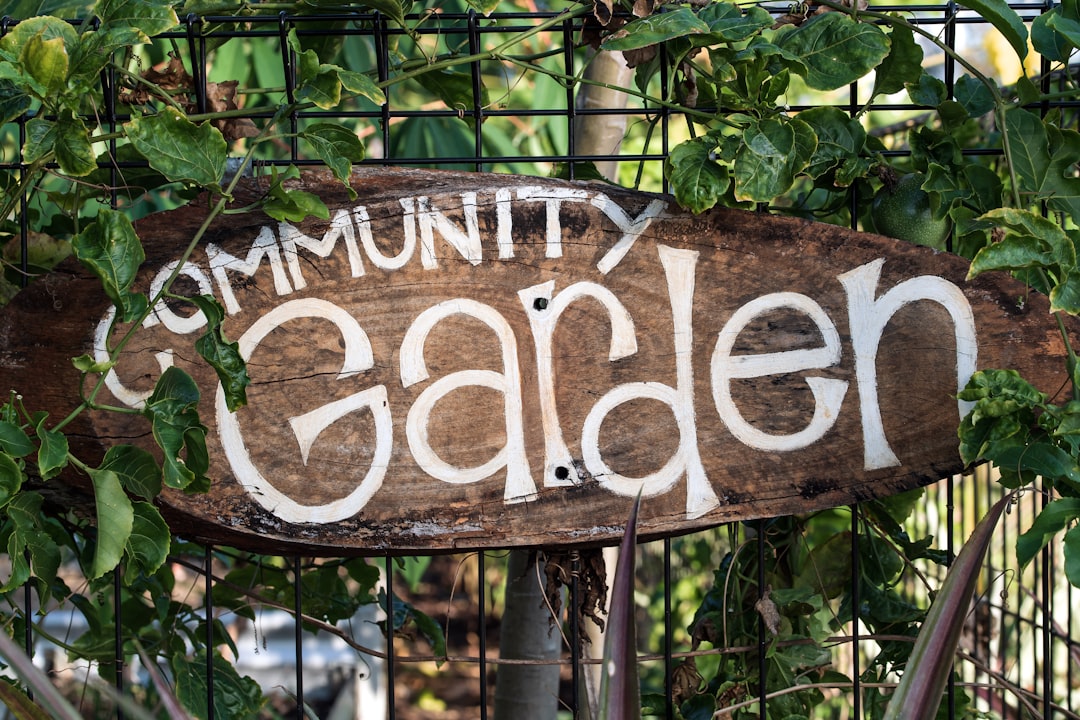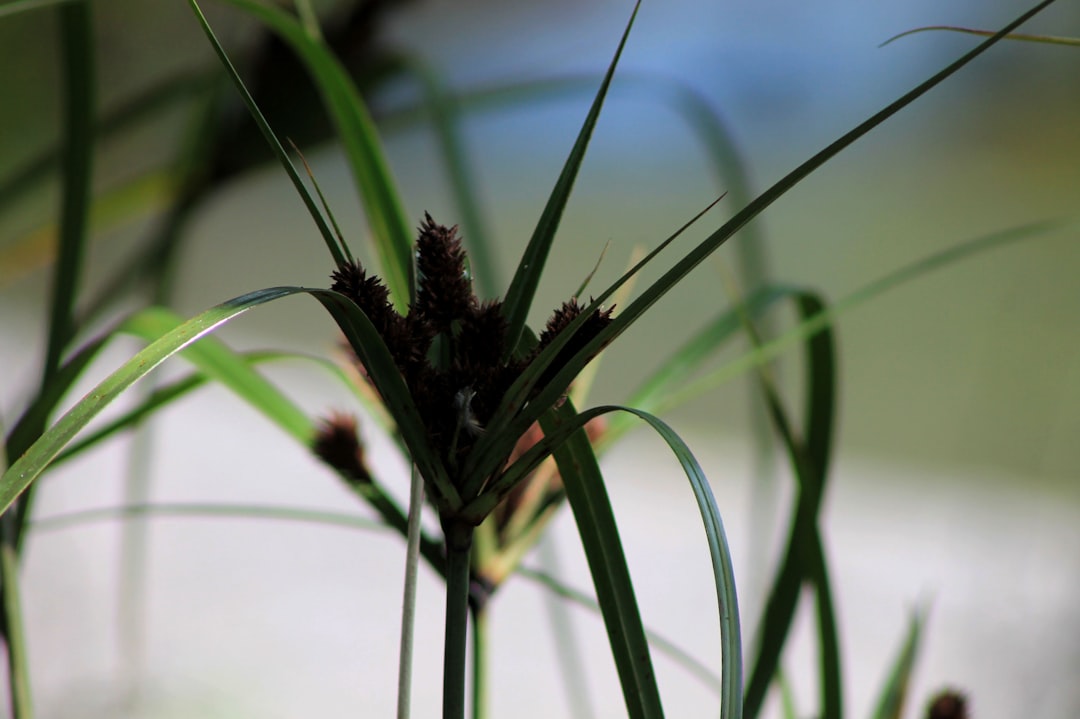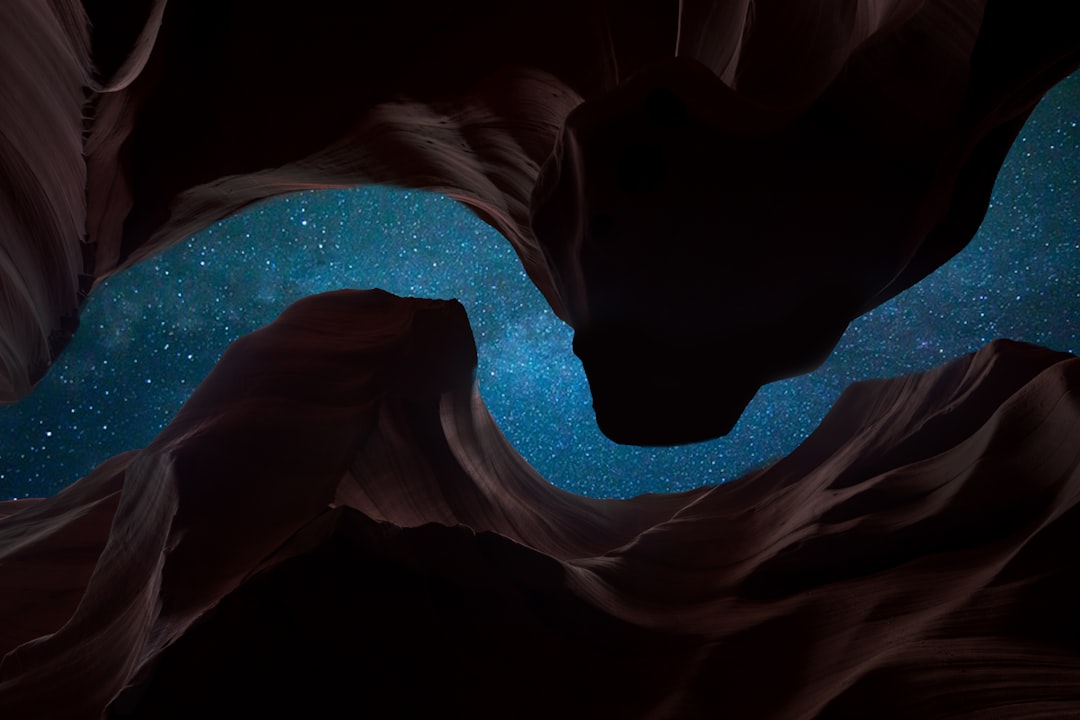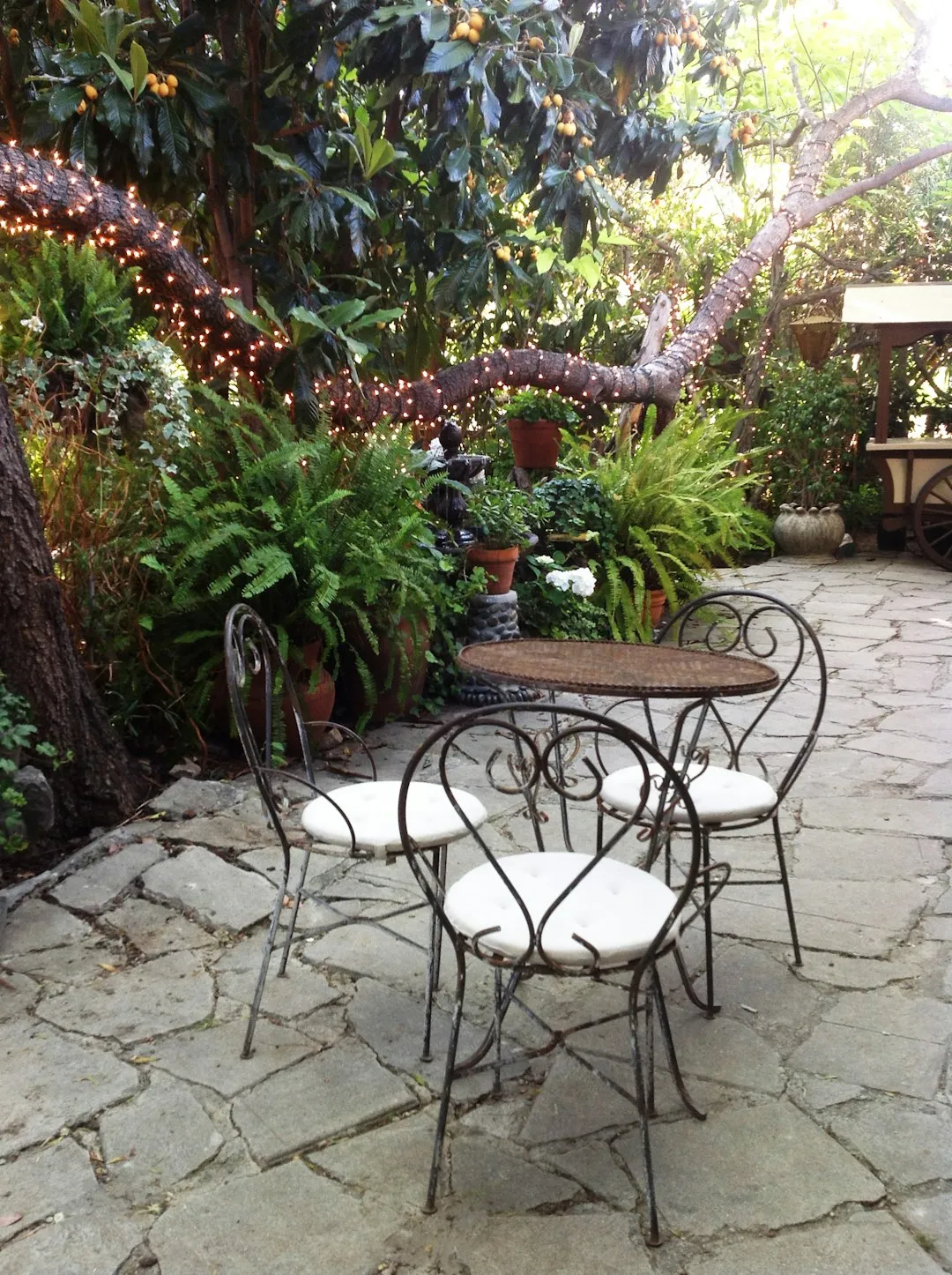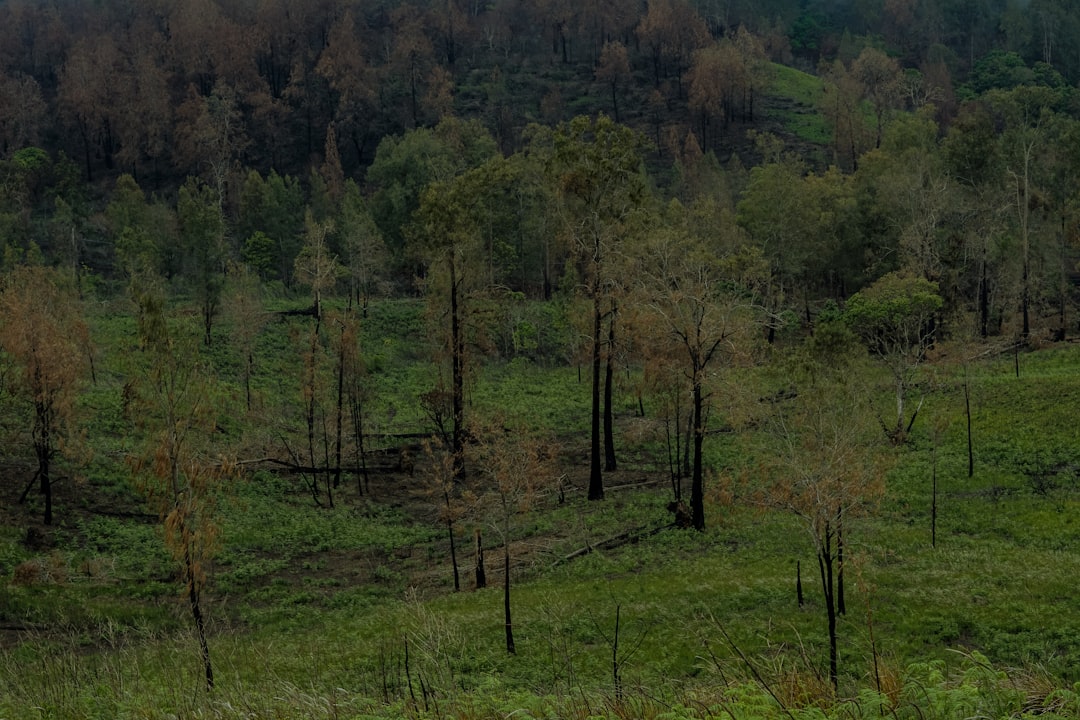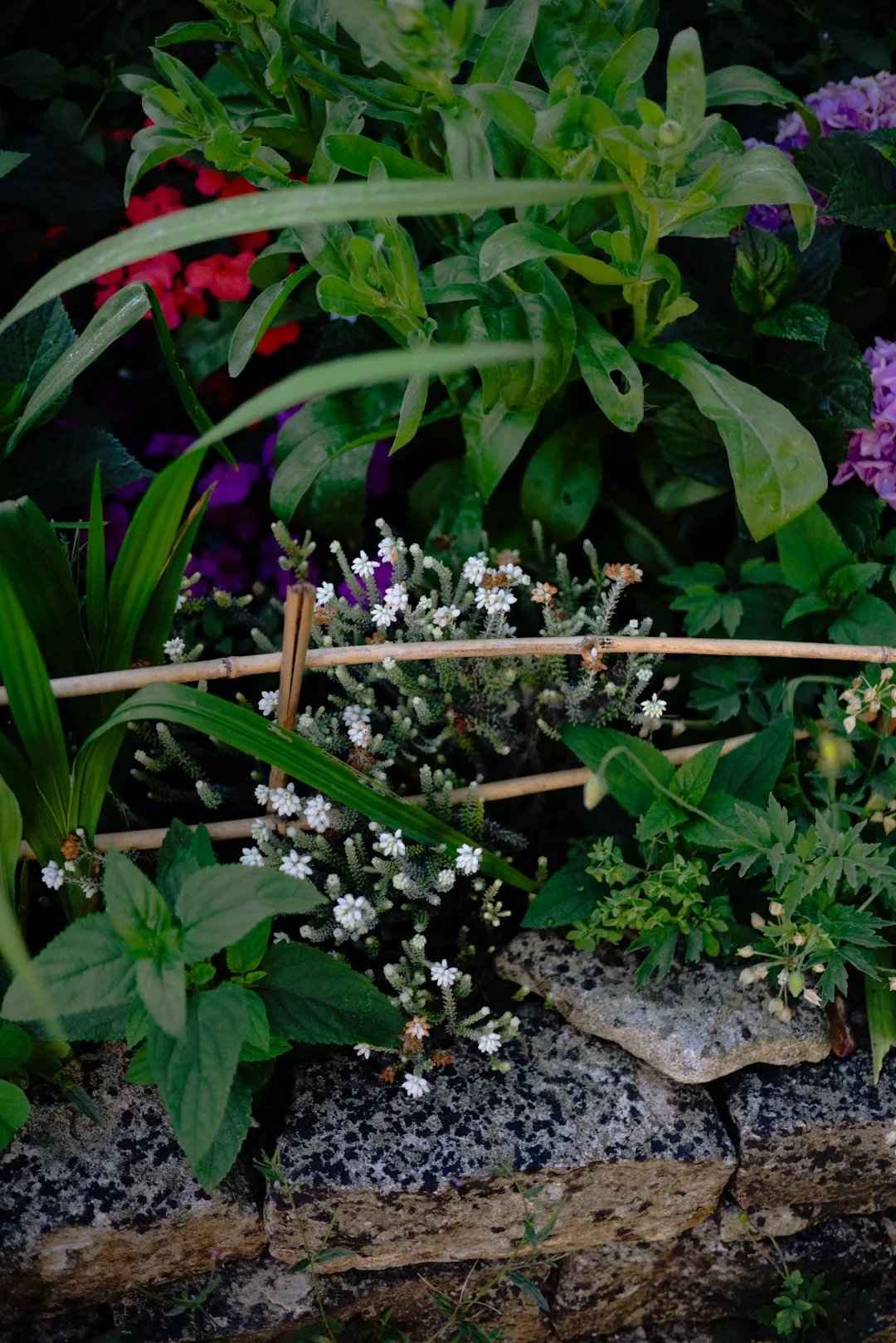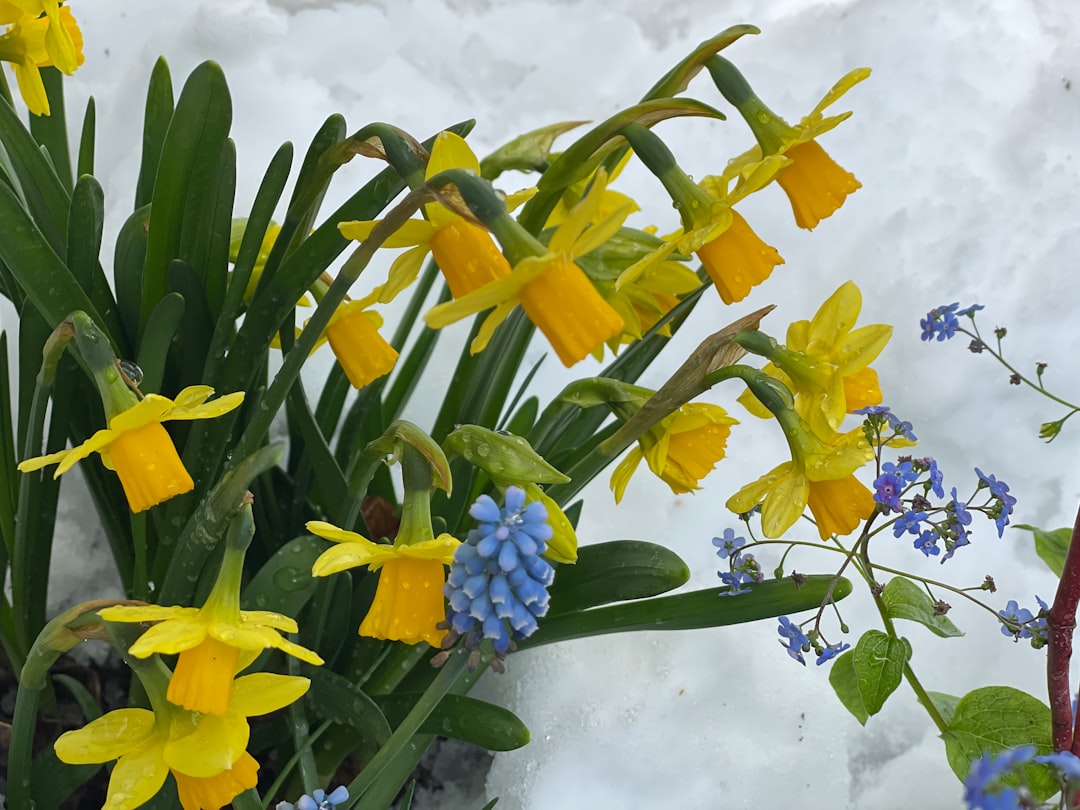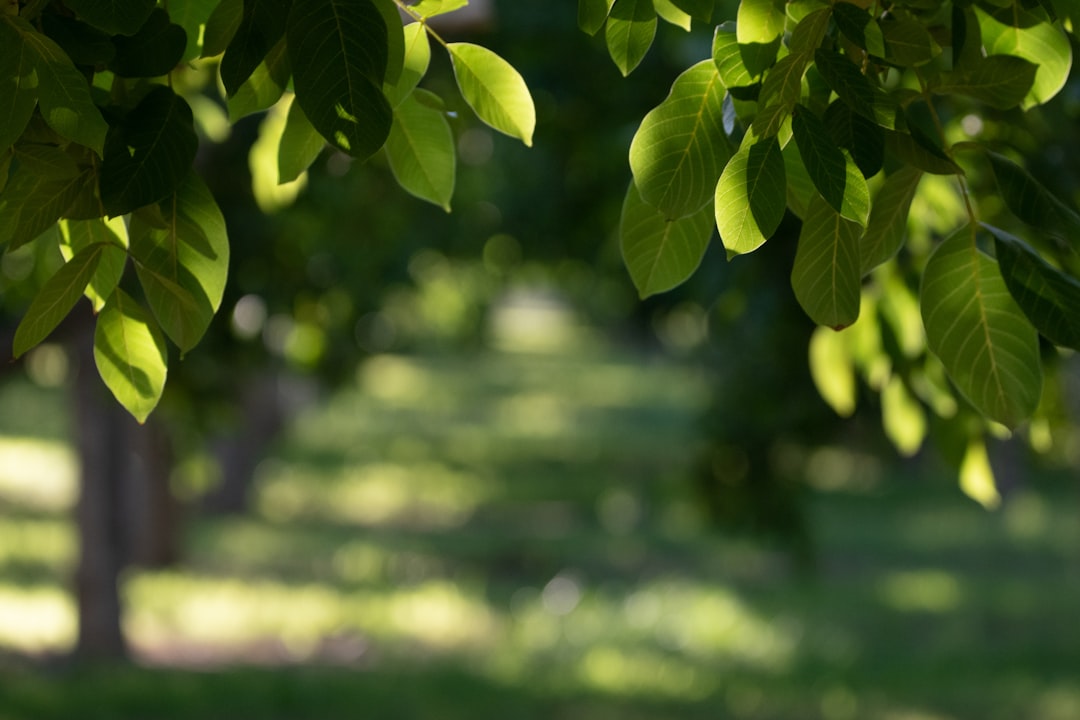
In the enchanting world of gardening, few plants can rival the charm and utility of bee balm. This popular native perennial is a true gem, offering a plethora of colors and heights that can transform any garden into a vibrant oasis. Not only is it a visual delight, but it also plays a crucial role in attracting beneficial pollinators, making it an essential addition to any flower - loving gardener's collection.
Bee balm, scientifically known as Monarda, belongs to the mint family. Its name is quite fitting, as it is a magnet for bees, butterflies, and hummingbirds. These pollinators are vital for the health and productivity of gardens, as they help in the fertilization of plants, leading to the production of fruits and seeds. By planting bee balm, you are not only adding beauty to your outdoor space but also supporting the local ecosystem.
One of the most captivating features of bee balm is its wide range of colors. From the fiery reds that seem to blaze in the sunlight to the soft pinks and purples that exude an air of tranquility, there is a bee balm color to suit every taste and garden aesthetic. The red varieties, such as Monarda didyma 'Jacob Cline', are particularly eye - catching. Their bold color stands out in any garden bed, creating a focal point that draws the eye. The pink and purple bee balms, like Monarda fistulosa, offer a more delicate and soothing look, perfect for creating a peaceful and relaxing garden atmosphere.
In addition to its colors, bee balm also comes in different heights. Some varieties are relatively short, growing to only about 1 - 2 feet tall. These are ideal for the front of flower beds or for container gardening. They can be used to create a border of color or to add a splash of interest to a patio or balcony. On the other hand, taller varieties can reach up to 4 - 5 feet in height. These are great for the back of the garden or for creating a natural screen. They can add vertical interest and provide a backdrop for shorter plants.
When it comes to growing bee balm, it is a relatively easy plant to care for. It thrives in full sun to partial shade and prefers well - drained soil. It is also quite drought - tolerant once established, although regular watering during dry spells will keep it looking its best. Bee balm can be propagated through division, which is a great way to expand your collection or share it with fellow gardeners. Simply dig up an established plant in the spring or fall, divide it into smaller sections, and replant them in suitable locations.
However, like any plant, bee balm is not without its challenges. One of the main issues that gardeners may face is powdery mildew. This fungal disease can cause a white, powdery coating to appear on the leaves, which can affect the plant's health and appearance. To prevent powdery mildew, it is important to provide good air circulation around the plants. This can be achieved by spacing them properly and pruning them regularly. You can also choose mildew - resistant varieties, such as Monarda 'Marshall's Delight'.
Another aspect to consider when growing bee balm is its potential to spread. Bee balm can be quite aggressive in its growth, spreading through underground rhizomes. While this can be an advantage if you want to fill in a large area quickly, it may also become a problem if it starts to invade other parts of your garden. To control its spread, you can plant it in containers or use a root barrier around the planting area.
Despite these challenges, the benefits of growing bee balm far outweigh the drawbacks. Its beauty, ability to attract pollinators, and relatively easy care make it a must - have for any flower garden. Whether you are a novice gardener just starting out or an experienced horticulturist looking to add something new to your collection, bee balm is a plant that will not disappoint.
In conclusion, bee balm is a versatile and charming perennial that deserves a place in every flower garden. Its different colors and heights offer endless possibilities for creating unique and beautiful garden designs. By attracting beneficial pollinators, it contributes to the overall health and vitality of the garden ecosystem. So, why not consider adding some bee balm to your garden this season and experience its magic for yourself?

